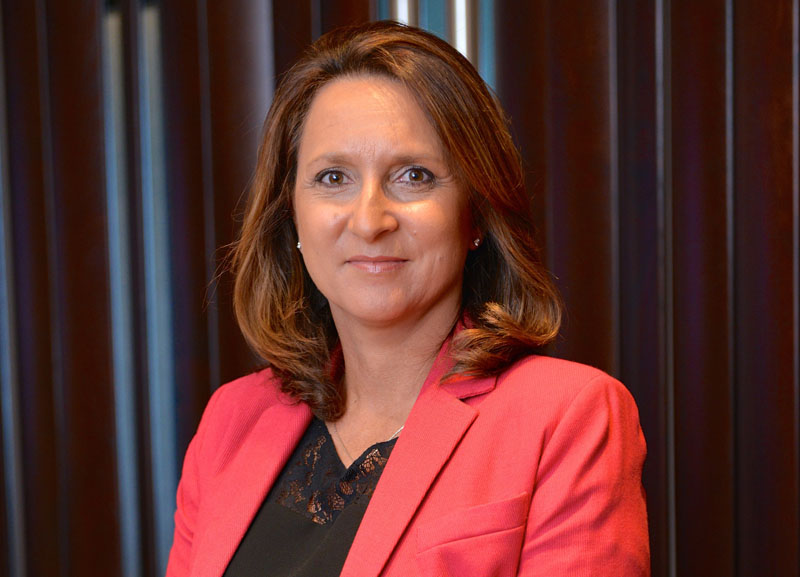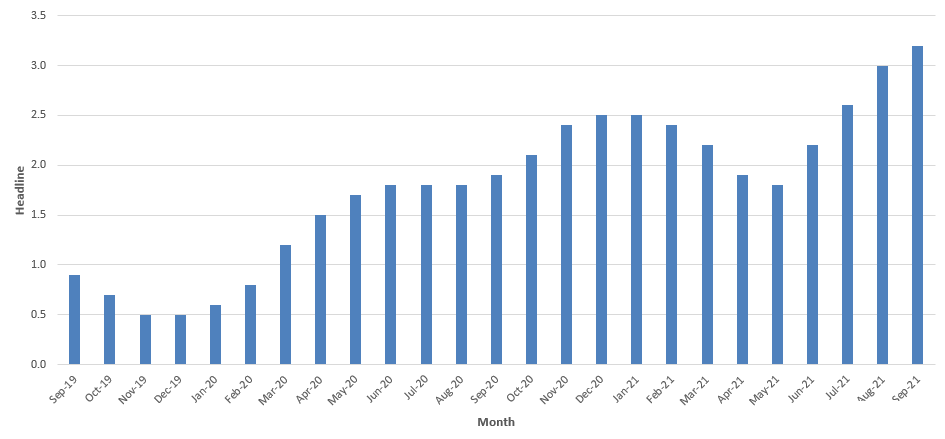Catherine McIIraith: «A lack of gender diversity on boards, particularly in the private sector»
Share

Though women are more present in middle management positions, they are still struggling to make their way into the boardroom, observes Catherine McIIraith, Chairperson of the Mauritius Institute of Directors.
BUSINESSMAG. Women represented only 7% of the boards of directors of the Top 50 Companies in 2015 (ranked by profits) in Mauritius. What are the factors that hinder the rise of women?
While there has been some progress over the years, a lot of ground still needs to be covered so that more women can aspire to become directors. There are several factors that prevent more women from being on boards. In our society in general, there is still a certain prejudice towards women. Men are more quickly promoted than women with equivalent qualifications, but they are also more likely to look for these promotions, while women often feel they have to step back due to family commitments and the high expectations on them in this area. Women are still the ones who interrupt their careers to handle the requirements of their family life, usually because of the absence of a support system to help them balance both aspects.
Most companies are male dominated and many of these men tend to be gender blind. They do not realise that women face a number of obstacles in the workplace, and therefore may not do much within their respective organisations to support the rise of women. It is important for companies to realise that not unlocking the full potential of women is a huge waste of human resources. This is why the MIoD and Blast Communications chose to create the Women Directors’ Forum, which will promote the importance of having women on boards and propose concrete solutions to the obstacles faced by women.
It would be good for Mauritius to look at what other countries are doing too, particularly those which have had success in this area. Norway leads with 35% of women on boards; Finland is at 30%, France at 29% and Sweden at 27%.
BUSINESSMAG. Although our society has been modernized with more women contributing to the economy, they are still struggling to impose themselves at senior management positions. Why the problem of glass ceiling still exists in Mauritius?
Indeed, the glass ceiling does exist in Mauritius. Mauritius earned a ranking of 120 out of 142 at the 2015 Global Gender Gap Forum by the World Economic Forum, dropping 14 places in comparison to 2014 due to a poor performance with regards to economic participation, opportunity and political empowerment. Mauritius was the lowest performing country in the region on the labour force participation indicator.
One of the main problems is that organisations usually do not examine their performance metrics, namely data related to recruitment, to women’s access to promotions, training, high-profile assignments and the pay for women versus men. If companies put in place a system to collect and analyse this information, they would be able to know what is working and where they need to improve. Companies also need to take a close look at culture and attitudes to understand if these may be a hindrance to the progress of women in the workplace.
Because of the cultural perceptions we face in Mauritius, there is often a lack of attention to gender inequities, which further contributes to this glass ceiling. This is where transparency and training are vital. If employees see that there are real, measurable gender inequities in their organisation, they will be more likely to participate in solutions. Companies should implement training to help employees identify and counteract gender bias. This is particularly critical for managers, who shape the day-to-day work experience of most employees.
BUSINESSMAG. In which sectors women are striving to climb the ladder?
It is difficult to pinpoint specific sectors where women are a greater disadvantage, as this problem affects women across all industries. The problem rather concerns their scope to move upwards in the organisation. There may actually be a large proportion of women at supervisory level, but they tend to stay stuck at that point. At the next level, (management level), there are very few women, in comparison to a high proportion of men.
BUSINESSMAG. When it comes to senior management positions, gender inequality is more obvious in private sector than the public sector? Why?
Women have a better chance of moving to senior positions in the public sector, thanks to an exams based and grading system. The challenge for the private sector is to figure out how to unlock the potential of women. The private sector in particular needs to re-examine its pipeline for recruitment, training and professional advancement. Very often, this is where women fall out of the race towards the top. Companies need to create a talent pipeline that caters equally to male and female candidates. Such a talent pipeline can allow companies to develop a pool of diverse talents, composed of men and women with multiple competencies, who would have equal chances to move up the ladder. Otherwise, the private sector will continuously face a situation where companies invest in recruiting and training women, who finally hit a glass ceiling and find that they have no further prospects. Companies need to review the trends related to recruitment and promotion to identify the obstacles that prevent women from climbing further up the ladder.
Women currently make up around 52% of the population and are, therefore, a driving force in the country’s economy. This is why the Women Directors’ Forum is working on a set of recommendations for the 2016-2017 budget. One major concern is the lack of gender diversity on boards, particularly in the private sector. It is becoming increasingly clear to companies around the world that promoting diversity on boards, in particular by appointing more women directors, enhances good corporate governance, thus improving company performance.
The disparity between salaries for men and women is another very important issue. The pay gap is very much a reality, and more transparency on salary scales in the private sector is needed to identify and correct these disparities. We therefore intend to put forward a recommendation regarding a national external audit on the pay and benefits packages in the private sector as a means of ensuring more fairness for all.
Finally, as many women increasingly seek more responsibilities in the workplace, they require adequate support to care for their home and their children, thus creating jobs for women or men who work as child or home carers. These occupations, however, are not sufficiently recognised or valued although they are an important part of the local workforce.
BUSINESSMAG. Can we expect to see more women in senior management positions in the private sector by 2030?
We hope that by 2030 Mauritius will have made greater progress in terms of gender equality on boards. We can see that there are many competent women who have managed to make a place for themselves as directors. The MIoD currently has 27% of women as members, and has 23% of women on its Directors’ Register, a list of directors from which companies can request a search for independent directors.
How much progress is made in the future will depend on how much effort companies put into developing an adequate talent pipeline. For more women to become directors on boards, there must be more women who reach high-level posts such as that of CEO, MD or CFO. Diversity on boards is an essential factor in good corporate governance and gender equality is an incredible resource for the progress of our country and the world. In fact, a recent report by McKinsey states that full gender equality would add 26%, or $28 trillion, to global gross domestic product in 2025. Isn’t that worth a change of mindset?

















